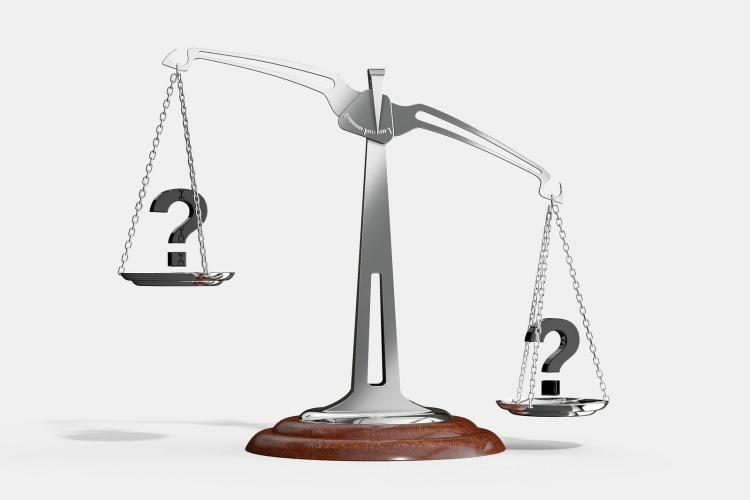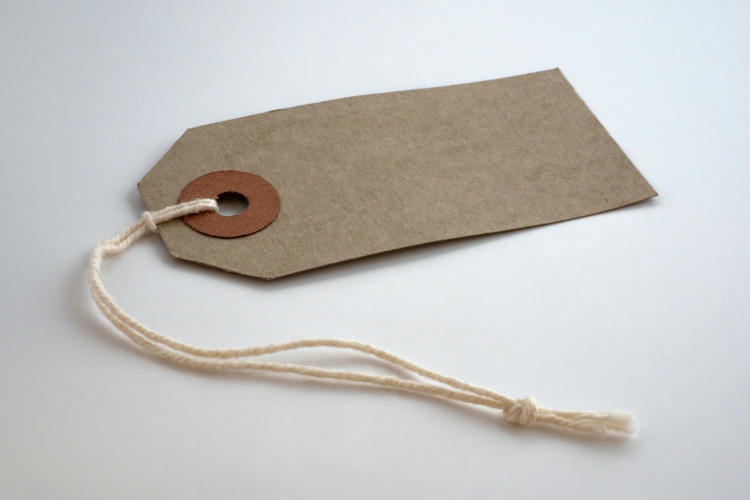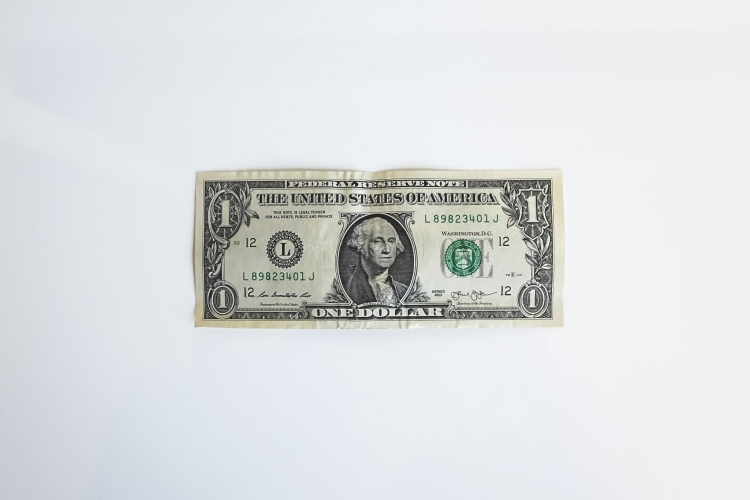Selecting the right price for your starting bid is incredibly important. This is the first step in ensuring you raise more money for your selected non-profit at a charity auction. Below, we explain exactly what a starting bid is as well as the difference between starting bids and minimum bids. We have also handpicked some top tips to help you set the right price. By following a good set of guidelines, you will encourage donors to contribute to a worthy organization. So, keep reading to find out how to attract more donors and earn a healthy profit for your cause.
What Is A Starting Bid
Auction terminology can be particularly confusing for many people - even for those that regularly help out or attend them. If auctions are a novel experience for you, it’s important to be able to distinguish the terms. This will ensure that you alter your actions accordingly and ultimately get your desired outcome.
A “starting bid”, is also referred to as an “opening bid”. Usually, this is the amount with which the bidding is opened, as proposed by the auctioneer. However, there may be situations where bidders are unwilling to bid that amount. If this is the case, the auctioneer will drop the opening bid until a bid is received.
A frequent joke among auctioneers is that it is not the starting price that matters, but where it ends! The starting price is rarely a true reflection of the value of the item. Hence, this is not something to fret about, wondering if it will raise enough money.
In actual fact, research shows that the lower the initial bid, the higher the final price!
It is not uncommon for people to confuse these two terms or even use them interchangeably. When a donor offers an item at a charity auction, they will often suggest a minimum price that they will accept. This is a “minimum bid”, also known as a “reserve price”. So, if the final offer does not meet this set price, the item remains unsold. Although the starting bid can be significantly less than the minimum bid, it cannot be sold below this threshold.
Consignment items, for instance, nearly always have minimum bids. This means that the auctioneer cannot sell the consigned item for less than the minimum bid provided by the consignor.
However, this is generally not an issue, since all types of auctions are filled with psychological triggers. When individuals get involved in the bidding, they become invested in the outcome. This is relevant to live, silent, and online auctions. As such, once they have bid, bidders become more reluctant to stop bidding.

As a general rule, the lower the starting price, the more people will bid on your item. This is because it reduces the barrier to entry. For example, more people will likely bid on a $100 item than they would if the starting bid is $500. So, if the starting price is low, the final selling price will usually end up higher than the minimum bid. Though, there are a number of important factors to bear in mind when setting your starting price.
In the auction industry, this might also be referred to as the suggested retail value. This is an estimated value of an item based on other similar products on the market. Usually, this is used as a reference point for determining a starting bid. However, this can sometimes be vastly different to what a buyer is actually willing to pay. Most tangible charity auction items will have a market value that is easy to identify. For example, it would be easy to find the FMV for a widely available product from a well-known brand. However, rare items, like collectibles, might go for a certain price online but are actually more highly valued by individuals. So, a bidder might be willing to pay more - particularly if it’s for charity.
On the other hand, intangible or unusual charity auction items rarely have an obvious market value. Take a weekend getaway package, for example. It can be difficult to identify a fair starting price for an enjoyable experience. Often, an educated guess will have to suffice. Consider the demographics, interests, and income of your donors. Also their actions at previous events regarding similar items.
The ultimate aim is to set a price that yields the maximum possible profit. Many experts claim that the best price you can choose in order to achieve this is 30-40% of the market value. After all, a higher starting price can discourage donors from participating!
One tactic is to separate your items by uniqueness or value. For example, you could set rare and exciting items at 40% of market value, and others at just 20%. But, be careful not to make the starting price too steep or it will discourage bidders.
If your auction features consignment items, they will come with a base price. In this case, start the bidding about 20% above this cost to ensure that you make a profit.
Once you've set the starting price, agreeing on a minimum bid increment can further impact how an item performs. In most cases, this is 10% of the starting price. But, if the item is pricey and likely to attain a high selling cost, it’s a good idea to lower this percentage. Otherwise, the price would jump drastically between each bid.

Selecting your starting bid prices for your charity auction is difficult, even for experts. The most important takeaway is to research and thoroughly understand the value of your item. This helps you to set a fair price and maximize profits.
Also, do not be afraid to set a low starting price, because these often fetch higher final prices - especially when you've chosen popular auction items that will sell well. Ultimately, this will help raise the most for your cause.

Adie M. is a skilled writer with a strong background in marketing. She is dedicated to creating compelling content for the nonprofit sector. She holds a Postgraduate Diploma in Management, specializing in Marketing, and a Bachelor's degree in Environmental and Geographical Science and Psychology from the University of Cape Town. With experience in digital marketing, Adie combines her technical expertise with a passion for impactful storytelling. She is committed to using her writing skills to support nonprofit organizations and drive positive change.
